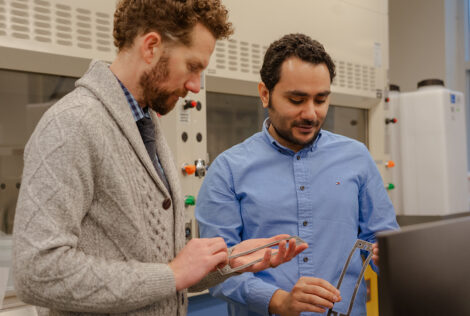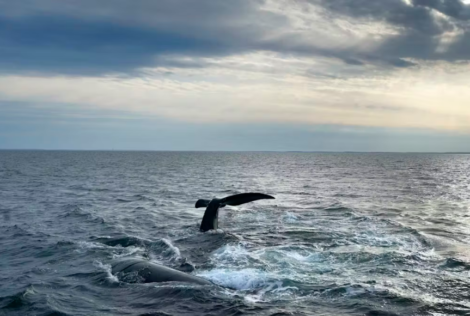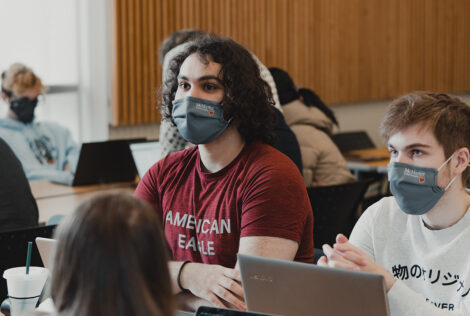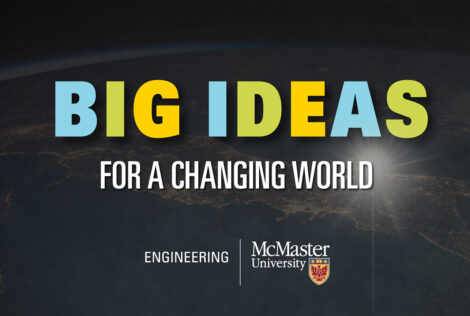
Expertise
Themes: Membranes, thin films, environmental remediation, electrochemistry, carbon dioxide removal (CDR), polymer nanocomposites, nano-sorbents, separation processes, catalysis, sensing, hydrogen gas generation, interfacial phenomena, fouling/biofouling. Applications: ocean alkalinity enhancement, carbon dioxide removal (CDR), water, wastewater, mining, contaminant remediation, electrodialysis, environmental monitoring, co-creating environmental technologies and strategies with First Nations communities.
Areas of Specialization
-
Associate Professor
Chemical Engineering
Adjunct Professor
Chemistry
Overview
The de Lannoy lab is focused on environmental separation processes in real environmental systems. We use experimental techniques supported by modeling of mass transfer processes, electrochemical kinetics, and catalysis. We are currently engaged in 5 research areas.
1. Environmental Electrochemistry and Advanced Oxidation:
- Electrically responsive/reactive membranes
- Catalytic and electro-catalytic degradation of contaminants
- Waste-to-value reactions and separations
- Environmental sensors and sensor systems
2. Membrane Materials and Processes:
- Catalytic membranes and thin films
- Advanced polymers for microfiltration (MF), ultrafiltration (UF), nanofiltration (NF) and reverse osmosis (RO) membranes
- Controlling and mitigating biofouling, organic fouling, and scaling
- Membranes and their interactions within treatment trains (e.g. potable reuse, desalination)
- Manufacturing and scale-up of nanocomposite membranes
3. Carbon Dioxide Removal (CDR):
- Bipolar membrane electrodialysis for Ocean alkalinity enhancement (OAE)
- Electrochemical- and membrane-based carbon capture (CC) techniques
4. First Nations and their Water:
- Co-creating solutions to the First Nations Water Crisis through mutual respect and collaboration
- Re-imagining water and wastewater infrastructure with cultural values
5. Sorbents and Nanomaterials:
- Carbon nanotube-, graphene-, graphitic nanomaterial, and nanocellulose based nanocomposites
- Sustainable biomaterials for enhanced contaminant adsorption
- Catch and release sorbents for metals and mineral recovery in the mining and waste electronics sector
- Post-Doctoral Research Associate, Stanford University (2015)
- Ph.D. Civil and Environmental Engineering, Duke University (2014)
- B.Sc. Physics, McGill University (2007)
- Awarded 5 patents
Did you know?
That the oceans absorb nearly 30% of the CO2 that we emit into the atmosphere?














